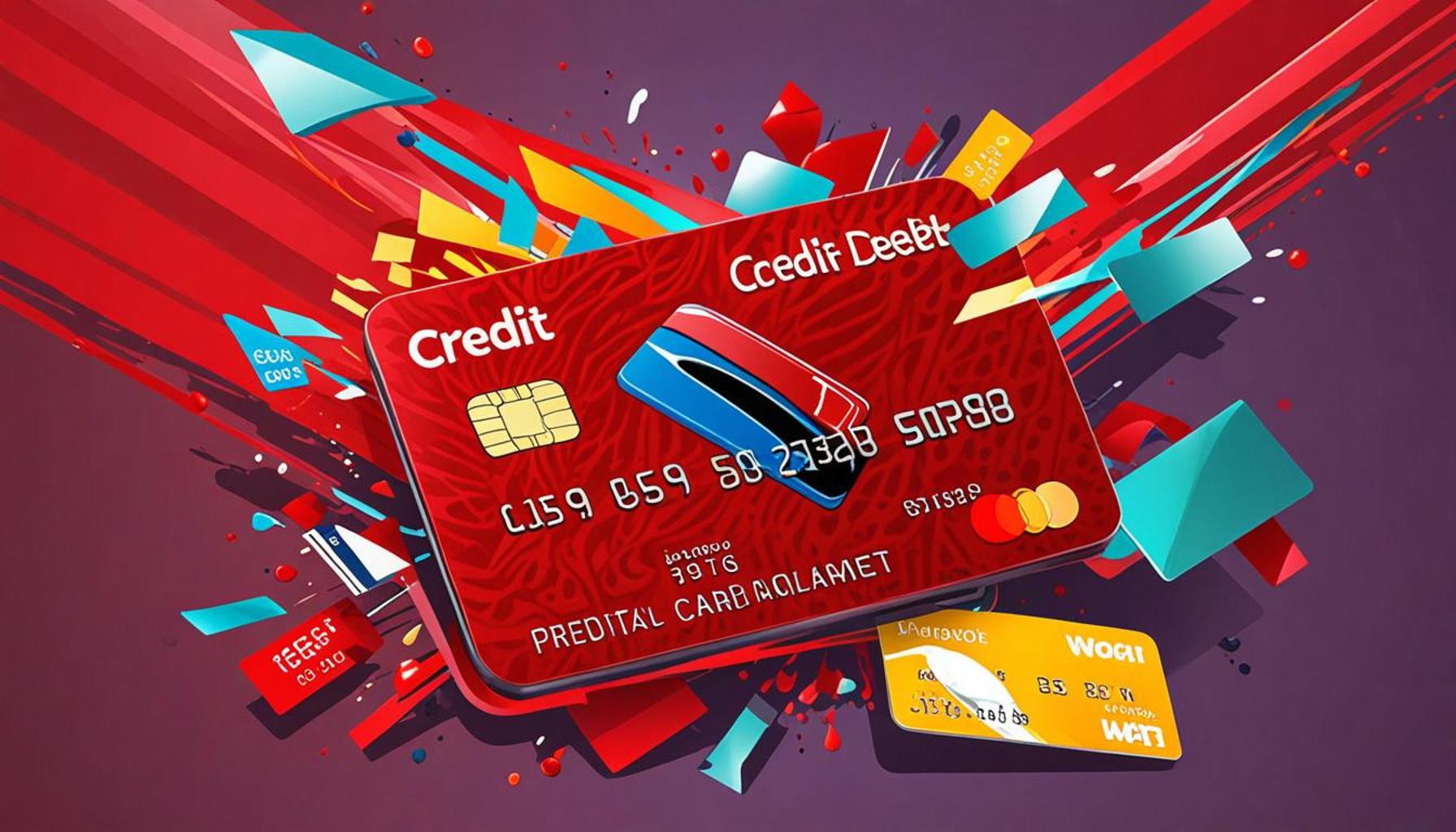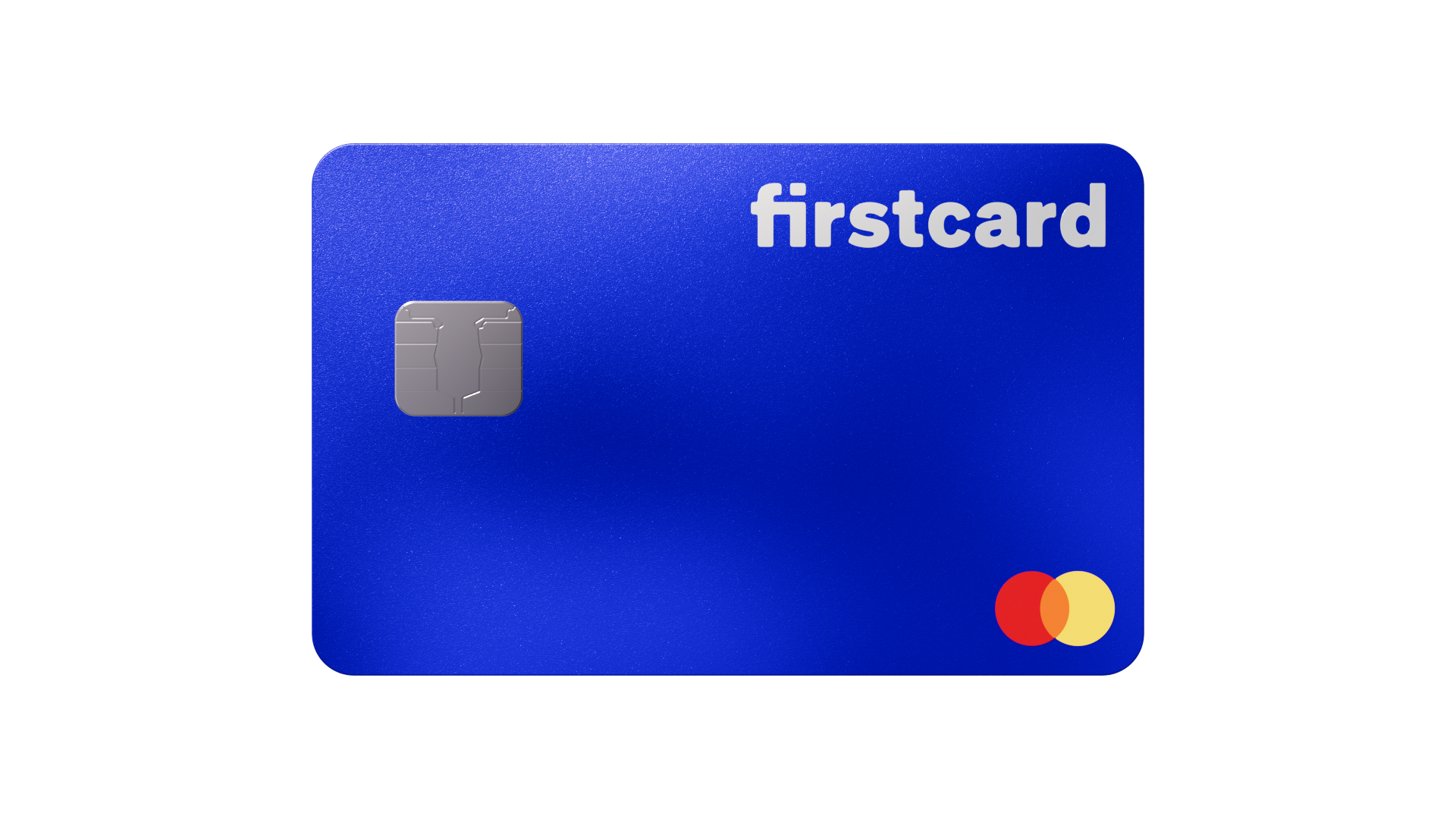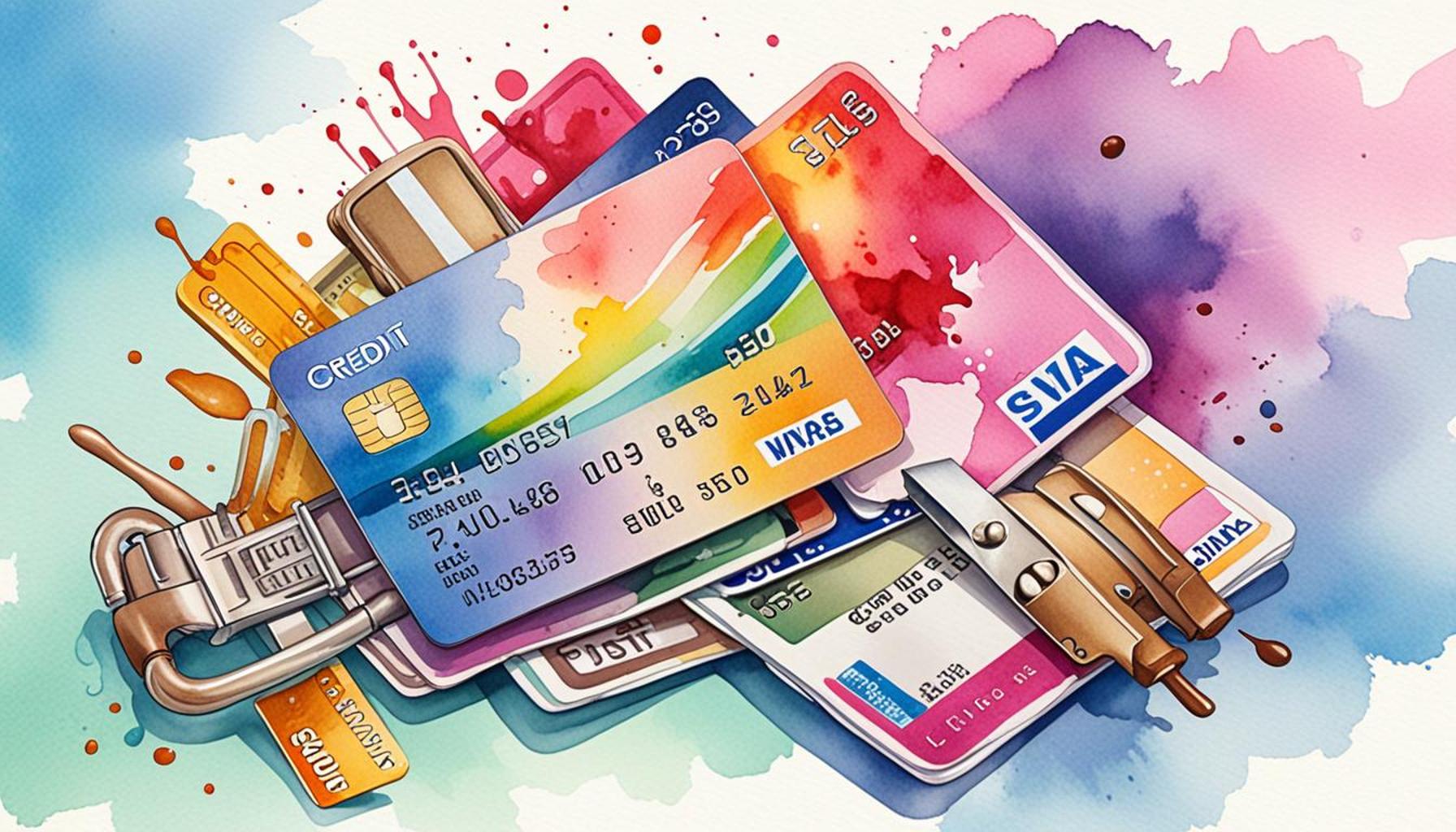Credit Card Debt Management Techniques: How to Get Out of the Red

The Reality of Credit Card Debt in America
Credit card debt can often feel like an insurmountable barrier for many Americans, locking individuals in a cycle of escalating interest rates and perpetual minimum payments that seem to never dwindle. For a staggering 59% of Americans, credit card debt is a harsh reality, with the average balance hovering around $5,700. This data underscores the urgency for effective debt management techniques that can help individuals regain their financial footing. Acknowledging this widespread struggle is the first step toward recovery.
Financial Strains and the Need for Solutions
Ongoing inflation, increasing living costs, and stagnant wages have only exacerbated the situation, turning what may begin as a financial convenience into a source of stress and anxiety. Consequently, it is essential to explore proactive strategies specifically designed to alleviate these financial pressures while promoting a sustainable path to financial health.
Effective Debt Management Techniques
Implementing targeted techniques can significantly ease the burden of credit card debt and set individuals on a clearer path toward financial independence. Here are some strategies worth considering:
- Snowball Method: This popular approach involves focusing on repaying the smallest debts first. By paying off these smaller balances, individuals can celebrate quick victories that boost their confidence and motivate them to tackle larger debts over time.
- Debt Consolidation: Combining multiple debts into a single loan with a lower interest rate can simplify repayment. For example, if a person consolidates their debts into a personal loan at a fixed interest rate, they may save money in the long run while reducing monthly payments.
- Negotiation: Engaging with creditors to negotiate lower interest rates or more manageable payment plans can lead to significant savings. Many creditors are willing to work with borrowers, especially if they demonstrate financial hardship.
- Budgeting: Establishing a detailed budget is crucial. By prioritizing debt payments and cutting back on non-essential expenses, individuals can allocate more resources toward reducing their debt effectively.
The Rewards of Becoming Debt-Free
Applying these methods requires commitment and effort, but the journey toward financial freedom offers substantial rewards. Transitioning to a debt-free life often results in heightened credit scores and improved financial stability, which can open doors to future opportunities such as lower interest rates on loans or the ability to make significant purchases without the fear of accumulating new debt.
In conclusion, while the path to managing and overcoming credit card debt may be challenging, understanding and applying effective debt management techniques can empower individuals to reclaim control over their financial lives. Armed with this knowledge, readers are encouraged to delve deeper into these strategies to find the most suitable options that align with their circumstances.
DISCOVER MORE: Click here for the application guide
Strategies to Tackle Credit Card Debt Head-On
To effectively manage credit card debt, individuals must adopt strategies that are both practical and tailored to their unique financial situations. One of the foremost techniques used by those seeking to escape the grasp of debt is the Debt Snowball Method. This approach emphasizes paying off smaller debts first, leading to quick wins that can provide the motivation needed to address larger balances. By steadily eliminating these smaller debts, individuals often find a psychological boost that propels them toward tackling bigger debts, steadily building momentum in their journey toward financial freedom.
Another vital technique is debt consolidation, which involves combining several debts into a single loan with a potentially lower interest rate. This can simplify monthly payments, making it easier for individuals to stay organized and focused. For example, refinancing credit card debt through a personal loan can not only reduce monthly payments but also save significant amounts over time, especially if the new loan features a lower interest rate. It’s critical to evaluate various options and calculate potential savings against any fees that might be associated with consolidation.
Negotiation is another often-overlooked tool in the debt management toolkit. Many credit card companies are open to negotiating terms, especially if a customer expresses genuine financial difficulty. This interaction can lead to lower interest rates, waived fees, or even altered payment plans designed to be more manageable. According to a survey, nearly 50% of consumers who attempted to negotiate their debts were successful, proving that taking this proactive step can have tangible benefits.
The Importance of Budgeting
At the core of any effective debt management plan is a well-structured budget. Creating a detailed financial plan not only helps individuals track their income and expenses but also allows them to prioritize debt repayment. By identifying non-essential expenditures, individuals can reallocate those funds toward paying down debt. A streamlined budgeting process can facilitate a more disciplined approach to spending, essential for those looking to get out of the red.
- Track Expenses: Take inventory of all monthly expenses and categorize them to see where reductions can be made.
- Set Clear Goals: Establish short-term and long-term financial goals, such as paying off a specific credit card within a set timeframe.
- Review Regularly: Periodically revisit the budget to make adjustments based on changing financial situations or goals.
With dedication and the right techniques, it is possible to turn the tide on credit card debt. By implementing these strategies—such as the Debt Snowball Method, debt consolidation, negotiation with creditors, and strict budgeting—individuals can empower themselves to take control of their financial futures. Each step taken toward managing debt enhances the opportunity for a brighter financial outlook, free from the shackles of relentless credit card payments.
DISCOVER MORE: Click here for the easy application guide
Exploring Advanced Debt Management Techniques
While foundational strategies like the Debt Snowball Method and budgeting are critical for any debt management plan, individuals facing significant credit card debt may find success in implementing more advanced techniques. One such method is the Debt Avalanche Technique. This approach prioritizes paying off debts with the highest interest rates first, which can lead to substantial savings on interest payments over time. By focusing on high-interest debts, the individual reduces the overall cost of borrowing, allowing more funds to be directed toward principal repayment. This method might require patience, as it could take longer to see debts vanish compared to the instant gratification of the Debt Snowball, but for many, it’s the more financially sound choice.
Another innovative approach is utilizing balance transfers. Many credit card companies offer promotional rates for balance transfers, often at 0% interest for a limited period. By shifting high-interest credit card balances onto a new card with a lower or zero interest rate, individuals can save significantly on interest payments and accelerate debt repayment. However, it is essential to read the fine print, as transferring balances often comes with fees, and understanding when the promotional period ends is crucial to avoid being hit with high interest rates suddenly.
Leveraging Financial Counseling
For those navigating the complexities of credit card debt, financial counseling can provide tailored advice and support. Non-profit credit counseling agencies offer sessions with certified debt counselors, who can help create a personalized debt management plan. Through these sessions, individuals can learn about options like debt management plans (DMP), where the agency negotiates with creditors to lower interest rates and create an affordable monthly payment. While there is usually a fee associated with these services, they can often be less than the interest paid on existing credit card debts, making them a potentially wise investment.
It’s also worth exploring the possibility of credit card hardship programs. Some credit card issuers have programs designed to assist customers undergoing financial difficulties. These can include lower interest rates, waiving fees, or deferring payments for a specific period. Individuals experiencing financial hardship should not hesitate to reach out to their card issuers to find out what assistance might be available—it can make a significant difference in managing debt.
Building an Emergency Fund
Creating an emergency fund should not be overlooked in the debt management equation. Having a small buffer of savings can prevent the need for additional credit when unexpected expenses arise, such as medical emergencies or car repairs. Financial experts often recommend starting with as little as $1,000 to cover minor emergencies. Over time, this fund can grow to cover three to six months of living expenses, further ensuring financial stability and minimizing reliance on credit cards.
Lastly, communication is vital when dealing with debt. Keeping an open line with creditors, financial advisors, and even family members can provide support and accountability. Sharing financial goals and struggles with trusted individuals can lessen the emotional burden that often accompanies debt, creating a community of encouragement and understanding.
Incorporating these advanced techniques into a comprehensive strategy for credit card debt management can mean the difference between remaining in a cycle of debt and achieving financial stability. By continually educating themselves and utilizing available resources, individuals can navigate their way out of the red and onto a more secure financial path.
DISCOVER MORE: Click here for insights on the Bank of America Customized Cash Rewards Credit Card
Conclusion: Charting Your Path to Financial Freedom
In the pursuit of escaping credit card debt, it is essential to recognize that there is no one-size-fits-all solution. As explored throughout this article, combining various strategies tailored to your unique financial situation can enhance your chances of successfully managing and ultimately eliminating credit card debt. Techniques such as the Debt Avalanche Technique and balance transfers can significantly reduce your interest payments, while seeking financial counseling offers personalized support that can transform a daunting journey into a manageable plan.
Moreover, programs like credit card hardship initiatives can provide relief during challenging times, demonstrating that creditors may be willing to work with you if approached proactively. Building an emergency fund further supports long-term financial health by acting as a financial cushion, preventing the need for additional credit in unforeseen circumstances. Perhaps most importantly, open communication with financial advisors and supportive loved ones can create a network of accountability and encouragement, empowering you to stick to your goals.
As you embark on your journey from the red toward financial stability, remain committed to educating yourself and exploring new strategies. The road to recovery can be intricate, but by leveraging the right tools and resources, you can pave the way to a brighter financial future. By taking decisive steps today, you not only reclaim control over your debt but also secure a more secure, stress-free tomorrow.


